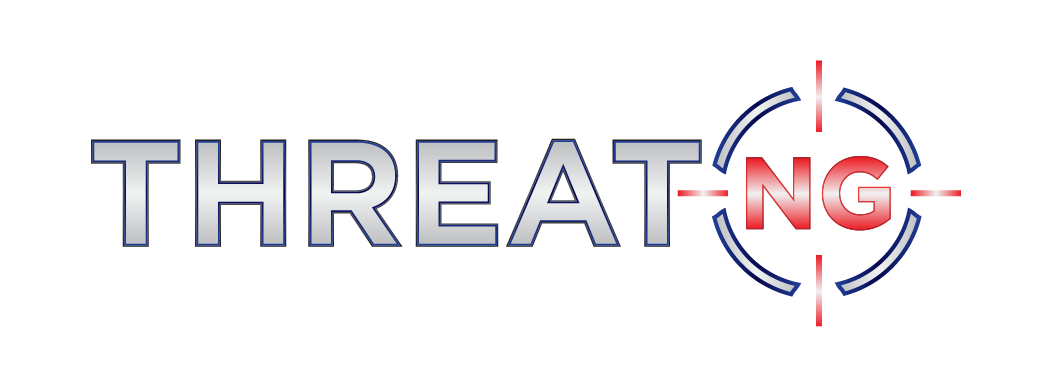Nth Party Risk
"Nth Party Risk" is a term used to describe risks that arise from the relationships between an organization and the entities that are several steps removed from it in its supply chain or business ecosystem. In contrast to fourth-party risk, which refers to the threat posed by entities directly associated with a company's third-party vendors or service providers, the term "nth-party" describes risks associated with entities further removed in the supply chain.
Nth-party risk is the concept that every organization is connected and is part of a vast network of other entities. The risk associated with any of these entities can ripple throughout the entire network. Managing nth-party risk can be challenging, as it requires a company to deeply understand its supply chain and business ecosystem, including the relationships between various entities and their potential impact on the company's operations and reputation.
Nth-party risk refers to the dangers posed by entities beyond a company's direct business relationships and requires a more comprehensive approach to risk management.
ThreatNG can be crucial in managing Nth Party Risk by providing comprehensive visibility, assessment, and monitoring capabilities across your extended supply chain. Here's how ThreatNG's various modules and features can be leveraged:
Unveiling Hidden Connections: ThreatNG's external discovery module can identify all internet-facing assets of your third parties, including their vendors and suppliers (your fourth parties, fifth parties, and beyond). This helps you map your extended supply chain and uncover potential risks associated with Nth parties that you might not know.
Evaluating Nth Party Security Posture: ThreatNG's external assessment module provides a comprehensive security rating for each Nth party and assesses their susceptibility to various cyber threats.
Domain Intelligence: This module analyzes DNS records, SSL certificates, and other domain-related information to identify vulnerabilities and potential risks. For example, it can locate subdomain takeover vulnerabilities, which could allow attackers to hijack an Nth party's subdomain and launch attacks against your organization.
Cloud and SaaS Exposure: This module assesses the security of Nth parties' cloud services and SaaS applications. It can identify misconfigured cloud storage buckets, exposed credentials, and other vulnerabilities that could put your data at risk.
Sensitive Code Exposure: This module scans public code repositories for exposed credentials, API keys, and other sensitive information that attackers could exploit. This is particularly important for Nth parties involved in software development or IT services.
Dark Web Presence: ThreatNG monitors the dark web for mentions of your Nth parties, including any compromised credentials or ransomware events associated with them. This helps you proactively identify and mitigate potential threats.
Other Assessment Modules: ThreatNG also provides assessment modules for social media, sentiment and financials, and other areas to help you gain a holistic view of your Nth parties' risk profiles.
3. Reporting:
Generating Comprehensive Reports: ThreatNG offers various reporting options, including executive summaries, technical reports, and prioritized risk assessments. These reports can help you communicate the risks associated with your Nth parties to stakeholders and prioritize mitigation efforts.
Staying Ahead of Threats: ThreatNG continuously monitors the external attack surface of your Nth parties, alerting you to any changes or new vulnerabilities that could impact your organization. This helps you proactively address risks and maintain a strong security posture across your supply chain.
Deep Dive into Risks: ThreatNG provides detailed investigation modules that allow you to drill down into specific risks and vulnerabilities.
Domain Intelligence: This module provides in-depth information about an Nth party's domain, including DNS records, subdomains, and email security configurations.
IP Intelligence: This module analyzes IP addresses associated with an Nth party, identifying shared IPs, ASNs, and potential vulnerabilities.
Certificate Intelligence: This module assesses the status and validity of SSL certificates used by an Nth party, identifying potential risks associated with expired or misconfigured certificates.
Other Investigation Modules: ThreatNG also offers investigation modules for social media, sensitive code exposure, cloud and SaaS exposure, and other areas that can help you gain a deeper understanding of your Nth parties' security posture.
Leveraging Threat Intelligence: ThreatNG maintains extensive intelligence repositories that include information on dark web activity, compromised credentials, ransomware events, known vulnerabilities, and other threats. This intelligence enriches the assessment and investigation modules, providing a more comprehensive view of your Nth parties' risk profiles.
7. Working with Complementary Solutions:
Integrating with Existing Security Tools: ThreatNG can integrate with other security solutions, such as vulnerability scanners, SIEMs, and threat intelligence platforms. This allows you to leverage the strengths of each solution and create a more holistic security ecosystem.
Examples of ThreatNG Helping with Nth Party Risk Management:
Identifying a vulnerable fourth party: ThreatNG discovers that one of your third-party vendors uses a fourth-party cloud provider with a misconfigured storage bucket. This vulnerability could expose sensitive data belonging to your organization.
Uncovering a compromised credential: ThreatNG's dark web monitoring module identifies a compromised credential associated with an Nth party. This could allow attackers to access their systems and potentially pivot to your organization's network.
Assessing the security of a new supplier: Before onboarding a new supplier, you use ThreatNG to evaluate their security posture and identify any potential risks. This helps you make informed decisions and mitigate risks before they impact your organization.
Examples of ThreatNG Working with Complementary Solutions:
Integrating with a vulnerability scanner: ThreatNG identifies a vulnerable web application used by an Nth party. You then use a vulnerability scanner to perform a more in-depth assessment and identify specific vulnerabilities that must be addressed.
Correlating with SIEM data: ThreatNG alerts you to suspicious activity associated with an Nth party. You then correlate this information with your SIEM data to investigate the incident and determine if your organization has been impacted.
By leveraging ThreatNG's comprehensive capabilities and integrating it with your existing security tools, you can effectively manage the risks associated with your Nth parties and protect your organization from cyber threats.

